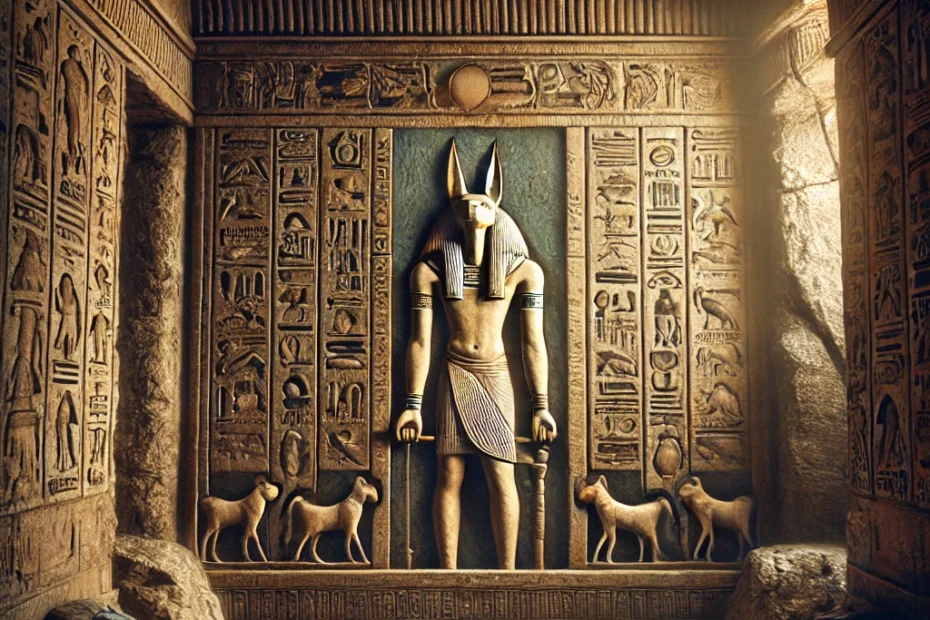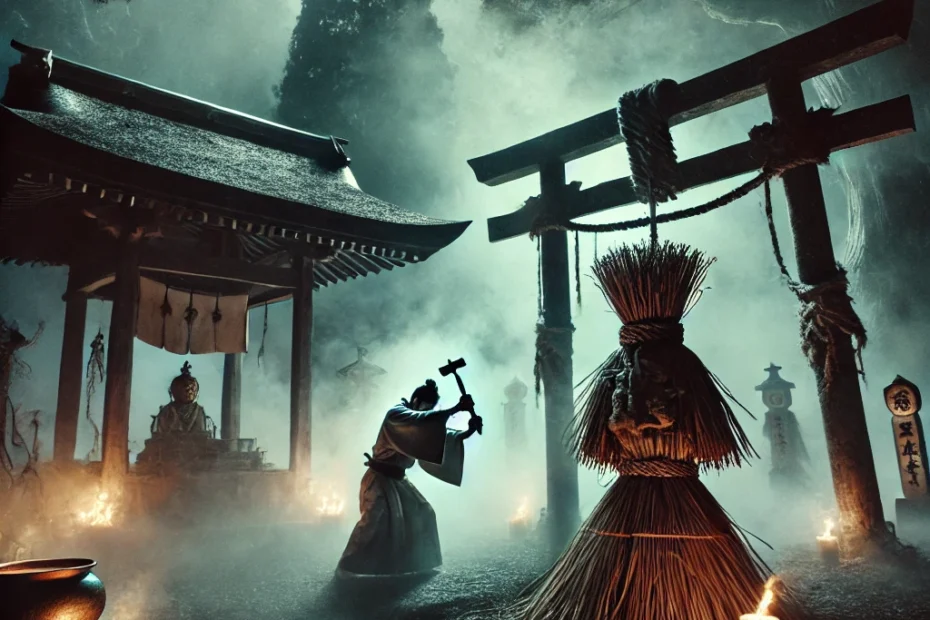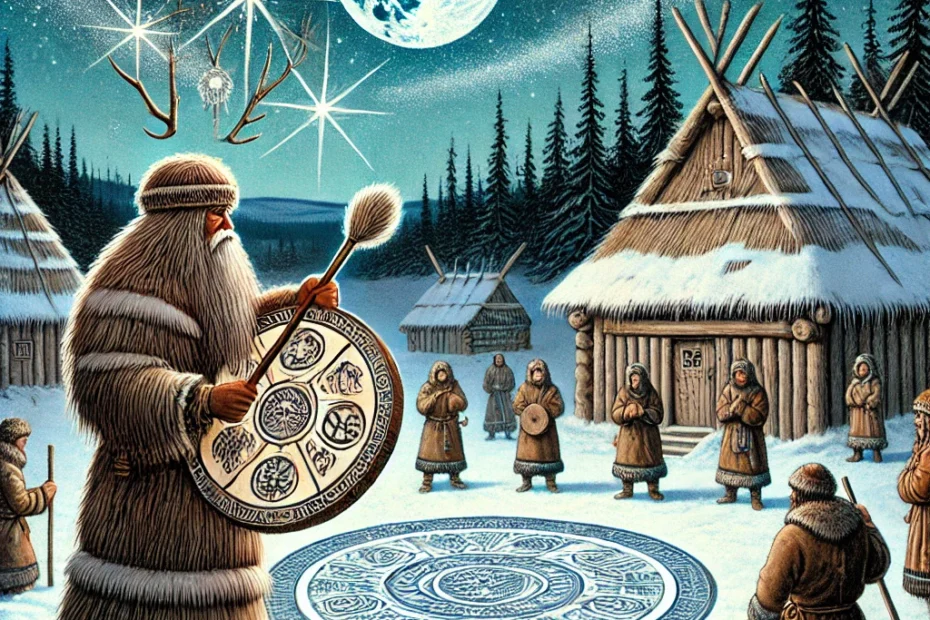Ancient Egypt (Old Kingdom)
The concept of curses in ancient Egypt, particularly during the Old Kingdom (c. 2686–2181 BCE), is tied to religious beliefs and practices surrounding the afterlife and the sanctity of tombs.… Read More »Ancient Egypt (Old Kingdom)


